Download now Windows 10 July Patch Tuesday updates
7 min. read
Updated on
Read our disclosure page to find out how can you help Windows Report sustain the editorial team. Read more
Key notes
- Today, at 10 AM PST, Microsoft is again scheduled to release its monthly Patch Tuesday updates.
- As you already know, Patch Tuesday updates enhance and add new features to the Windows OS.
- Most likely, the security improvements are the most expected part of the Patch Tuesday update list.
- Also remember that Windows 11 is almost out, and Microsoft announced the end of support for Windows 10 in 2025.
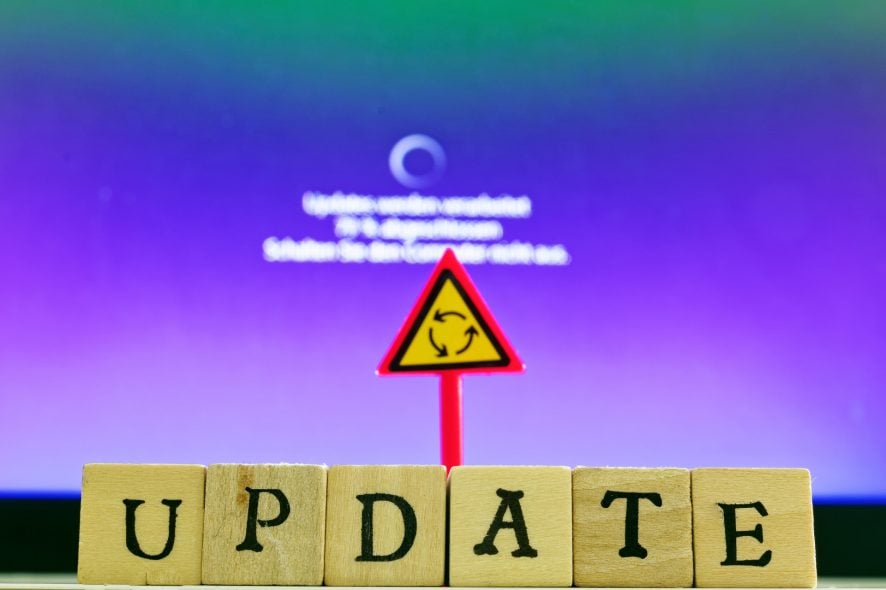
If may want to know that today, at approximately 10 AM PST, Microsoft will release another round of major updates for 2021, as a part of their July Patch Tuesday, just as they did with every other second Tuesday of each month.
If by any chance you aren’t familiar with these updates, know that we’re mainly talking about fixes applied to all of the most major issues that Windows has, and also security bolstering.
During last month’s Patch Tuesday, the tech company released a staggering 50 security fixes, meant to address some serious problems that were being exploited.
What to expect from this month’s Patch Tuesday updates?
If you keep yourself up to date with everything that the Redmond-based tech company does during these Patch Tuesday events, you surely remember last month’s batch.
Pressed by serious security concerns, Microsoft released a huge number of security fixes, meant to sort out some exploits that were going on in the wild.
The zero-day vulnerabilities that Microsoft has tracked as being actively exploited were patched in June 2021, as follows:
- CVE-2021-33742: Windows MSHTML Platform Remote Code Execution Vulnerability, CVSS 7.5
- CVE-2021-33739: Microsoft DWM Core Library Elevation of Privilege Vulnerability, CVSS 8.4
- CVE-2021-31199: Microsoft Enhanced Cryptographic Provider Elevation of Privilege Vulnerability, CVSS 5.2
- CVE-2021-31201: Microsoft Enhanced Cryptographic Provider Elevation of Privilege Vulnerability, CVSS 5.2
- CVE-2021-31955: Windows Kernel Information Disclosure Vulnerability, CVSS 5.5
- CVE-2021-31956: Windows NTFS Elevation of Privilege Vulnerability, CVSS 7.8
Keep in mind that this month’s Patch Tuesday is actually happening during everyone’s summer vacation, so the number of CVEs may be much smaller than in previous months.
However, increased ransomware attacks and some still pending issues that affect Windows, will make it so that Microsoft employees will still deliver solutions, even if it is via a much smaller content quantity.
For July 2021, we could actually get:
- Besides the regular supported operating systems, the Extended Security Updates for Windows 7 and Server 2008/2008 R2 will be released as usual.
- Also, Internet Explorer updates should show up again this month. The browser appears to be getting more attention by Microsoft lately.
- SQL server or .NET framework updates haven’t been available for several months, so be on the lookout for them.
- Adobe already released APSB2151 prenotification for Acrobat and Reader so also be prepared for that release on Patch Tuesday.
We are all eager to find out what Microsoft will be distributing, security updates, and fixes-wise, as a part of the July 2021 Patch Tuesday.
As we all know, there still are some issues that the tech giant has postponed addressing, for whatever reason, and we might just see these solutions pop up this month.
The volume of the software Microsoft will release could also be influenced by the fact that they are now hard at work perfecting Windows 11.
Currently, Windows Insiders are testing the second build available, for the upcoming OS, which is 22000.65.
If you haven’t already heard about Windows 11, you will most likely want to know that it will be replacing Windows 10 from 2025, so you might also want to see what the differences between the two are.
[DIRECT DOWNLOAD LINKS] July 2021 Patch Tuesday
Windows 10 versions 21H1 and 20H2
Windows 10 v21H1 is the latest major version of Windows 10, and as such has the most experimental features on it.
Fortunately, most bugs that were first present when it was first made available have been weeded out, and this version of Windows 10 is far more stable.
Cumulative update name
Improvements and Fixes
- This build includes all the improvements from Windows 10, version 2004.
- No additional issues were documented for this release.
Known issues
- When using the Microsoft Japanese Input Method Editor (IME) to enter Kanji characters in an app that automatically allows the input of Furigana characters, you might not get the correct Furigana characters. You might need to enter the Furigana characters manually.
- Devices with Windows installations created from custom offline media or custom ISO image might have Microsoft Edge Legacy removed by this update, but not automatically replaced by the new Microsoft Edge. This issue is only encountered when custom offline media or ISO images are created by slipstreaming this update into the image without having first installed the standalone servicing stack update (SSU) released March 29, 2021 or later.
 NOTE
NOTE
[DIRECT DOWNLOAD LINK]
Windows 10 version 1909
As the Redmond-based tech company said not long ago, Windows 10, version 1909 reached the end of service on May 11, 2021, for devices running the Home, Pro, Pro for Workstation, Nano Container, and Server SAC editions.
Devices still running this version of the OS will no longer receive monthly security and quality updates that contain protection from the latest security threats.
So, if you still want to receive security and quality updates, Microsoft recommends updating to the latest version of Windows 10.
Cumulative update name
Improvements and Fixes
- Adds Advanced Encryption Standard (AES) encryption protections for CVE-2021-33757. For more information, see KB5004605.
- Security updates to Windows Apps, Windows Management, Windows Fundamentals, Windows Authentication, Windows User Account Control (UAC), Operating System Security, Windows Virtualization, Windows Linux, the Windows Kernel, the Microsoft Scripting Engine, the Windows HTML Platforms, the Windows MSHTML Platform, and Windows Graphics.
[DIRECT DOWNLOAD LINK]
Windows 10 version 1809
This version of the OS is outdated and will no longer receive any updates from the tech company. Users that are still running this old version on their devices are strongly advised to choose a more recent one to update to.
If you still want to use Windows 10 and are not willing to upgrade to 11, you don’t have to do so right away. After all, Microsoft announced that the support for Windows 10 will go on until 2025.
Cumulative update name
Improvements and fixes
- Removes support for the PerformTicketSignature setting and permanently enables Enforcement mode for CVE-2020-17049. For more information and steps to enable full protection on domain controller servers, see Managing deployment of Kerberos S4U changes for CVE-2020-17049.
- Adds Advanced Encryption Standard (AES) encryption protections for CVE-2021-33757. For more information, see KB5004605.
- Addresses a vulnerability in which Primary Refresh Tokens are not strongly encrypted. This issue might allow the tokens to be reused until the token expires or is renewed. For more information about this issue, see CVE-2021-33779.
- Security updates to Windows Apps, Windows Management, Windows Fundamentals, Windows Authentication, Windows User Account Control (UAC), Operating System Security, Windows Fundamentals, Windows Virtualization, Windows Linux, the Windows Kernel, the Microsoft Scripting Engine, the Windows HTML Platforms, the Windows MSHTML Platform, and Windows Graphics.
Known issues
- After installing KB4493509, devices with some Asian language packs installed may receive the error, “0x800f0982 – PSFX_E_MATCHING_COMPONENT_NOT_FOUND.”
- After installing KB5001342 or later, the Cluster Service might fail to start because a Cluster Network Driver is not found.
[DIRECT DOWNLOAD LINK]
Windows 10 version 1607
This is one of the more older OS versions, that Microsoft first released back in August 2016. Apparently, the Redmond-based tech company still feels like there is room for improvement here.
- Updates to remove Adobe Flash from your device.
- Updates for verifying usernames and passwords.
- Updates to improve security when Windows performs basic operations.
Cumulative update name
Improvements and fixes
- Removes support for the PerformTicketSignature setting and permanently enables Enforcement mode for CVE-2020-17049. For more information and steps to enable full protection on domain controller servers, see Managing deployment of Kerberos S4U changes for CVE-2020-17049.
- Addresses an issue that incorrectly renders some Enhanced Metafile Format (EMF) files. This issue occurs if you build the EMF files using third-party applications with ExtCreatePen() and ExtCreateFontIndirect().
- Addresses a redirector stop error that is caused by a race condition that occurs when the system deletes binding objects when connections close.
- Removes the Adobe Flash component from your device.
- Adds Advanced Encryption Standard (AES) encryption protections for CVE-2021-33757. For more information, see KB5004605.
- Addresses a vulnerability in which Primary Refresh Tokens are not strongly encrypted. This issue might allow the tokens to be reused until the token expires or is renewed. For more information about this issue, see CVE-2021-33779.
- Security updates to Windows Apps, Windows Fundamentals, Windows Authentication, Windows User Account Control (UAC), Operating System Security, the Windows Kernel, Windows Graphics, the Microsoft Scripting Engine, the Windows HTML Platforms, the Windows MSHTML Platform, and Windows Active Directory.

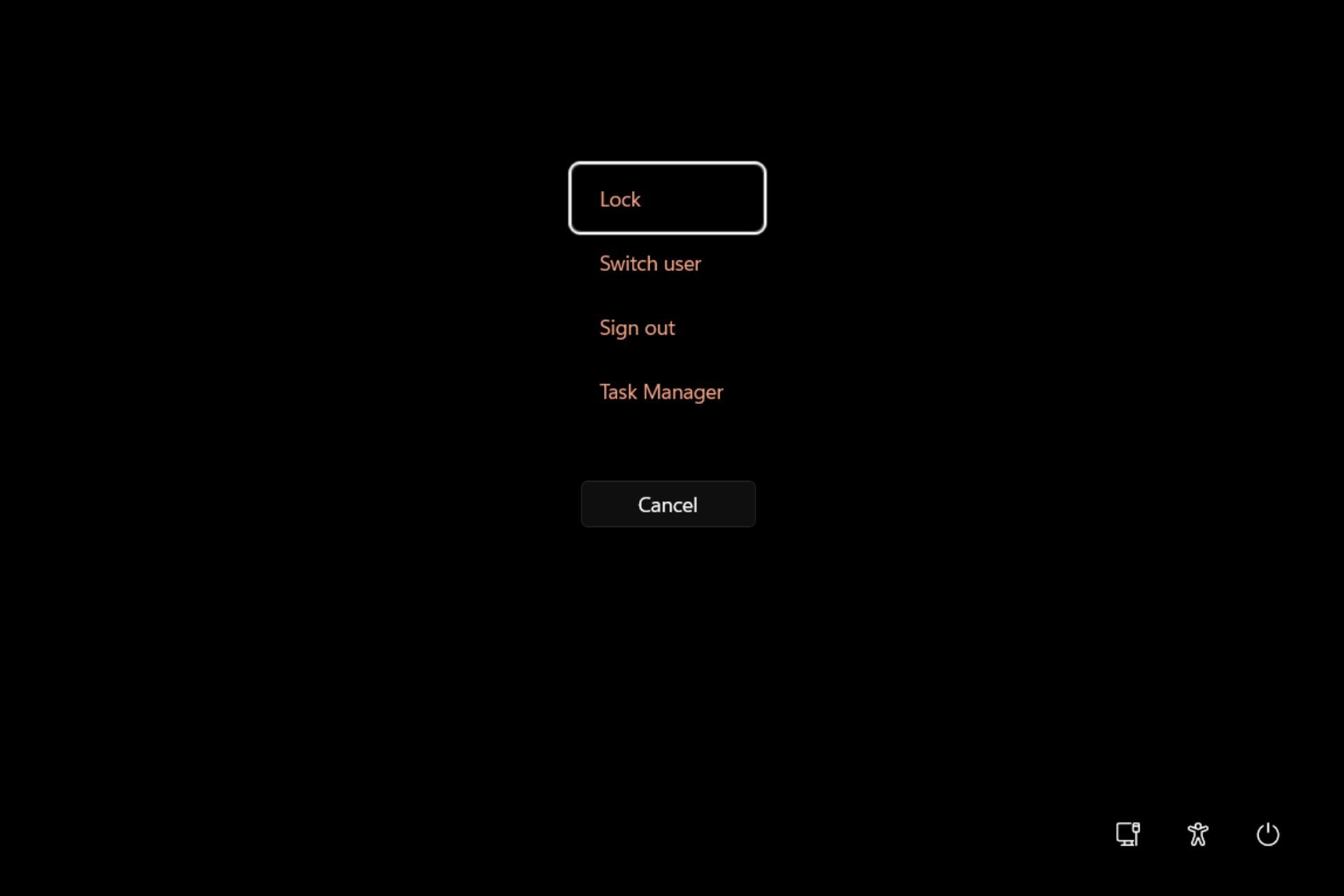
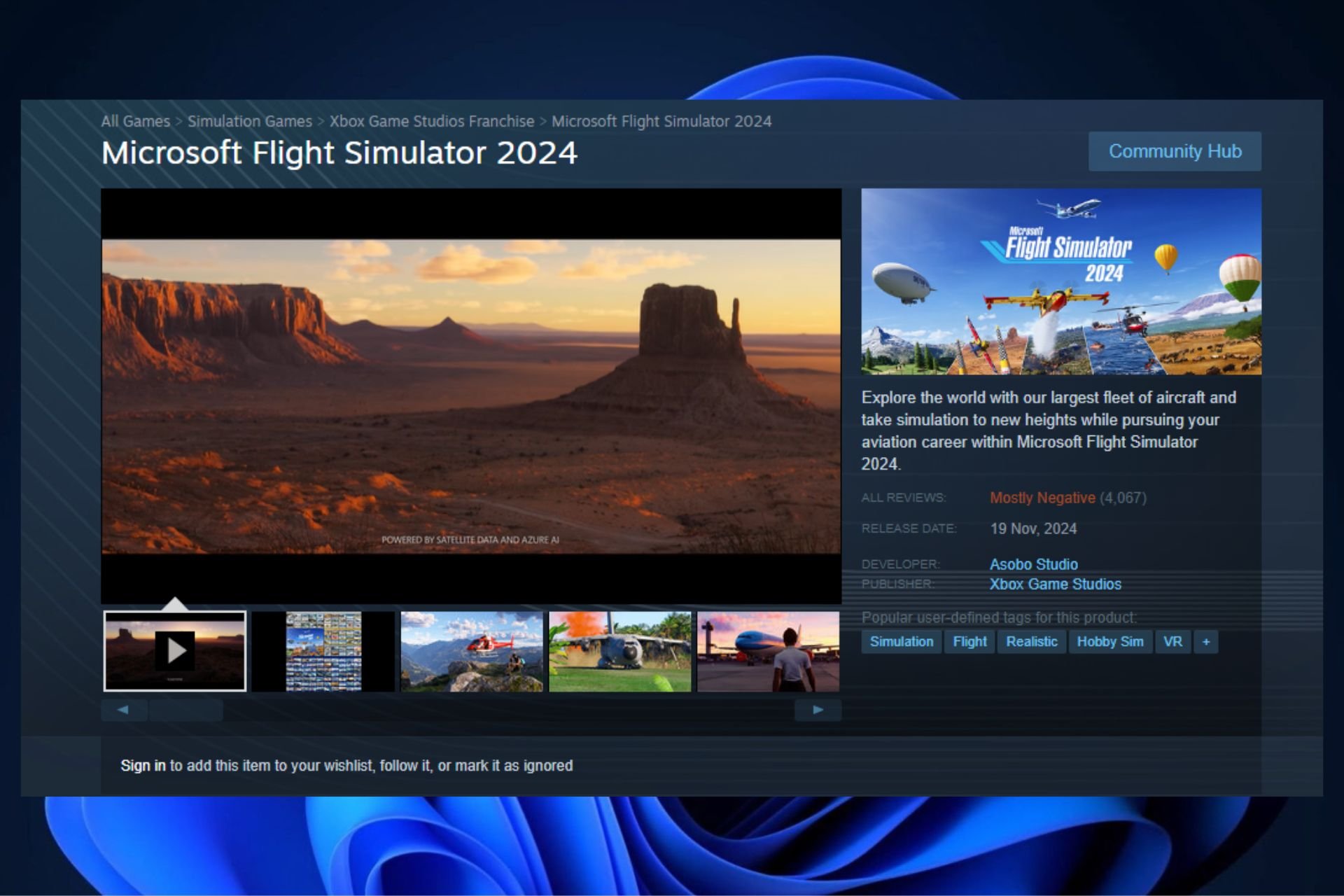
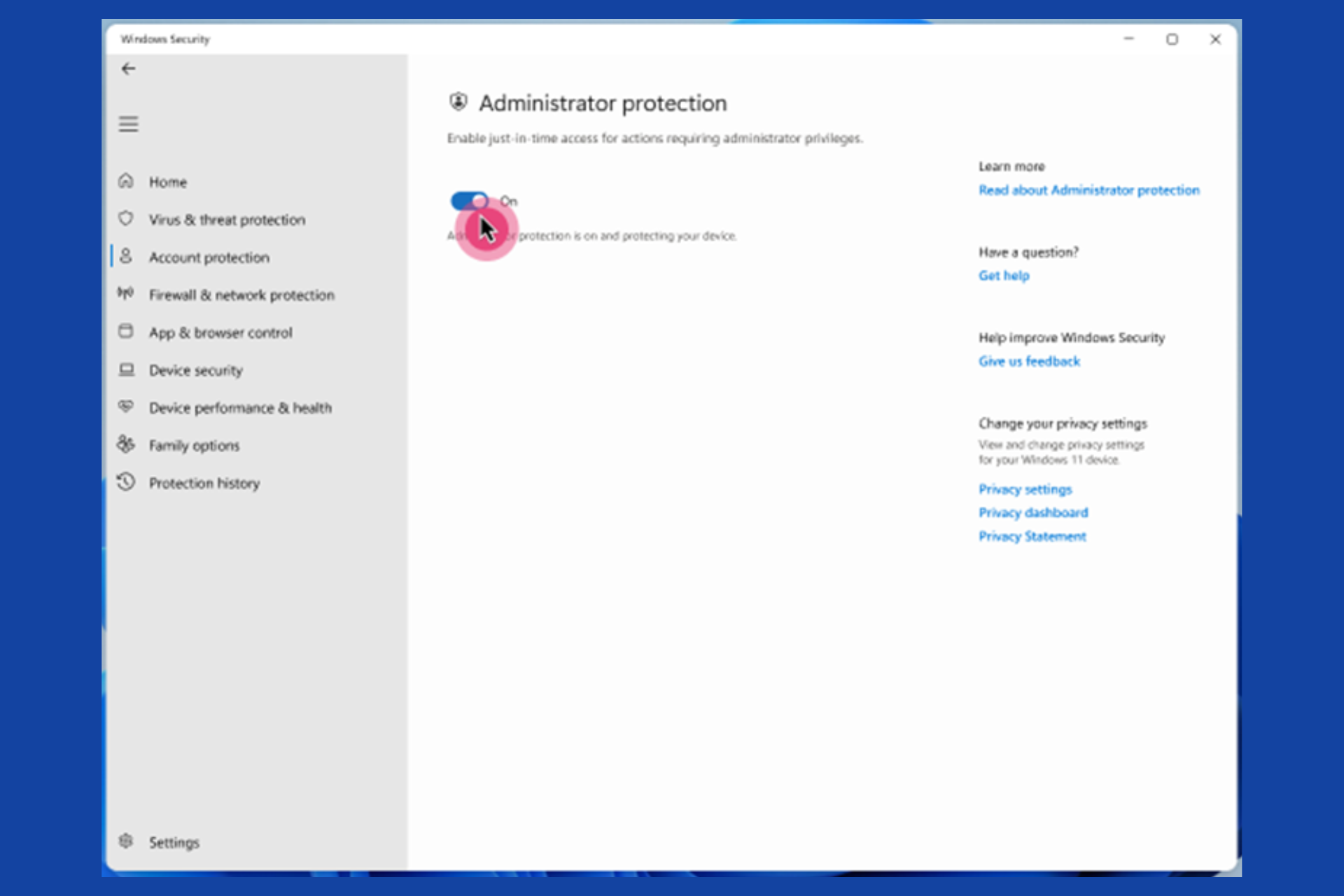
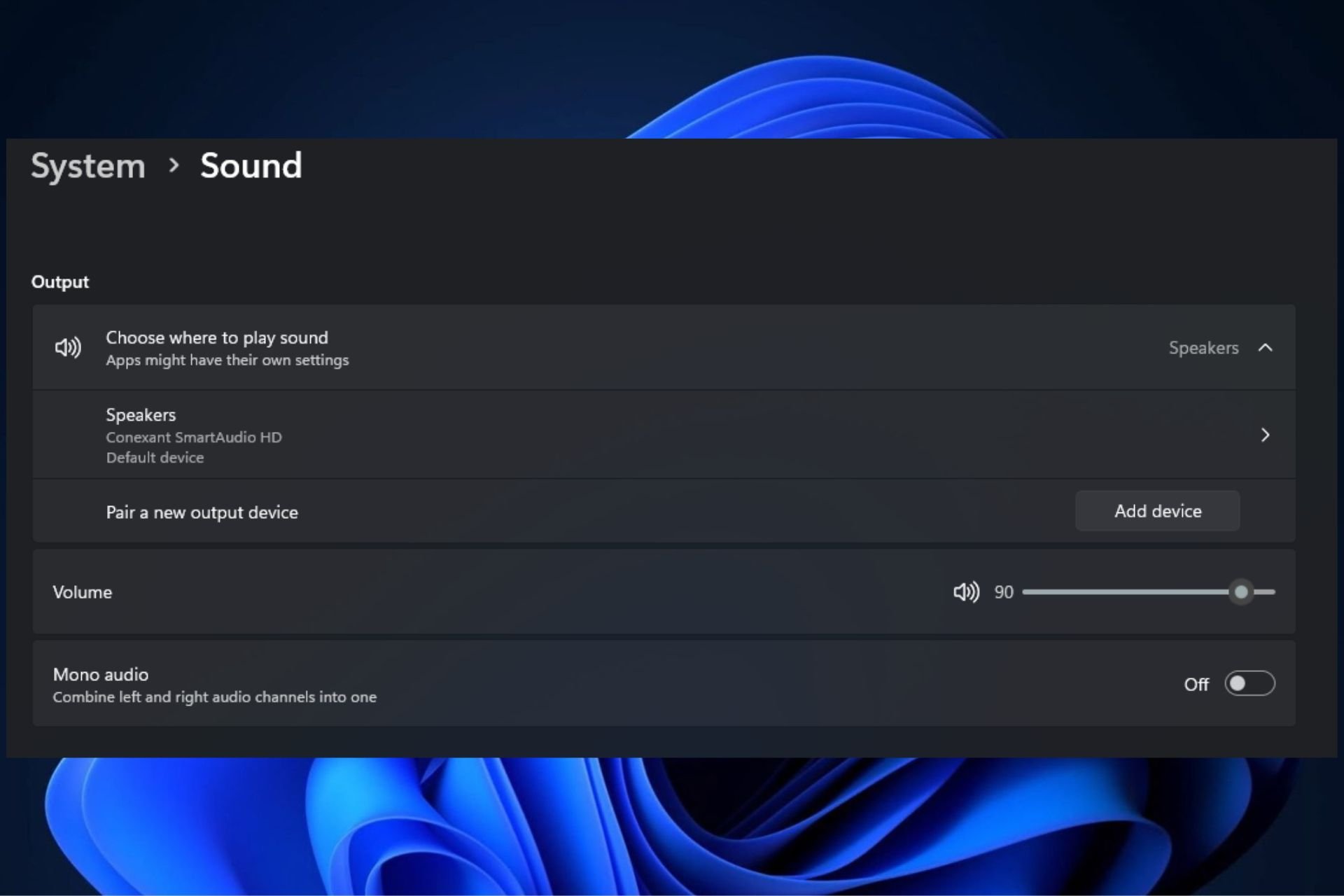
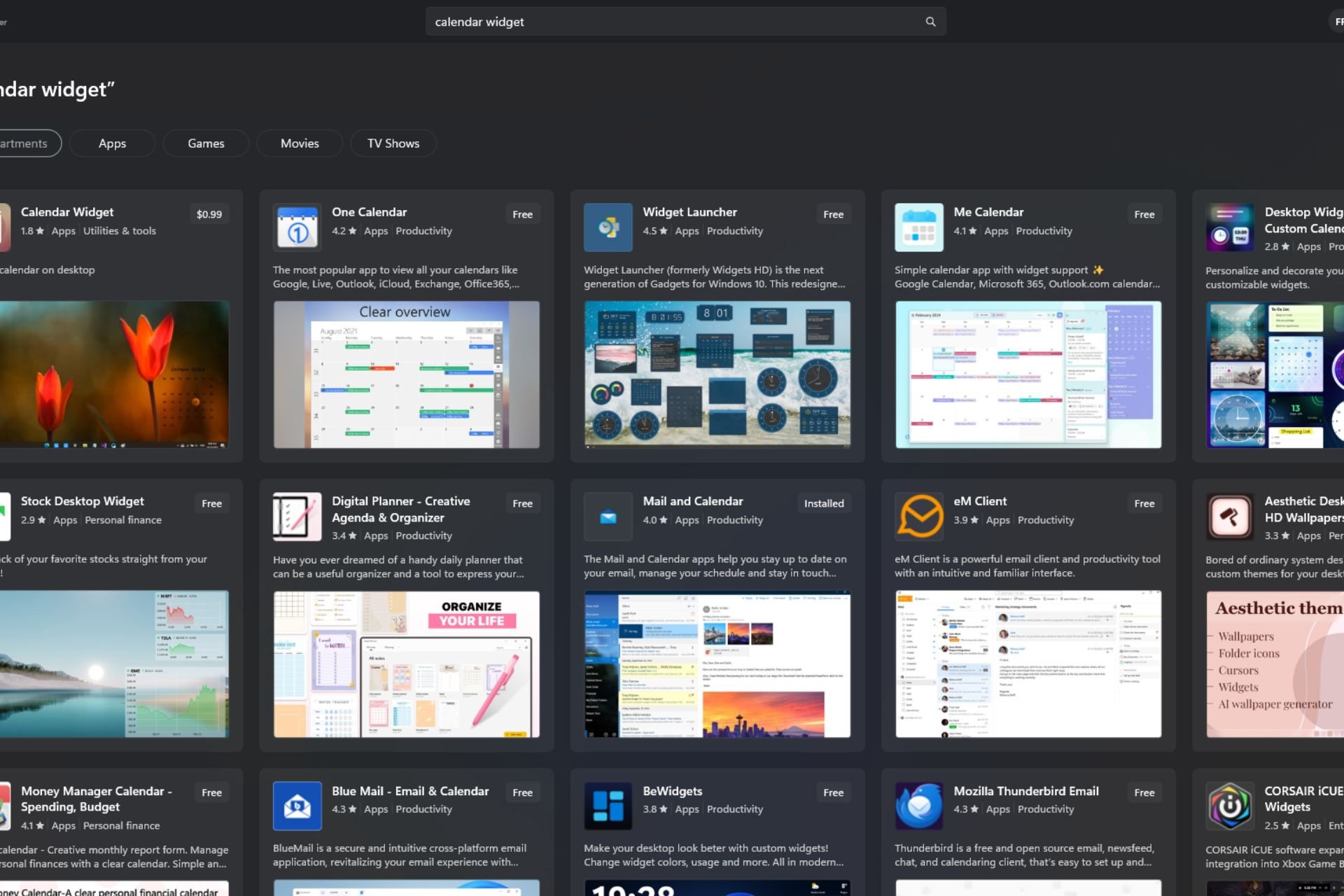
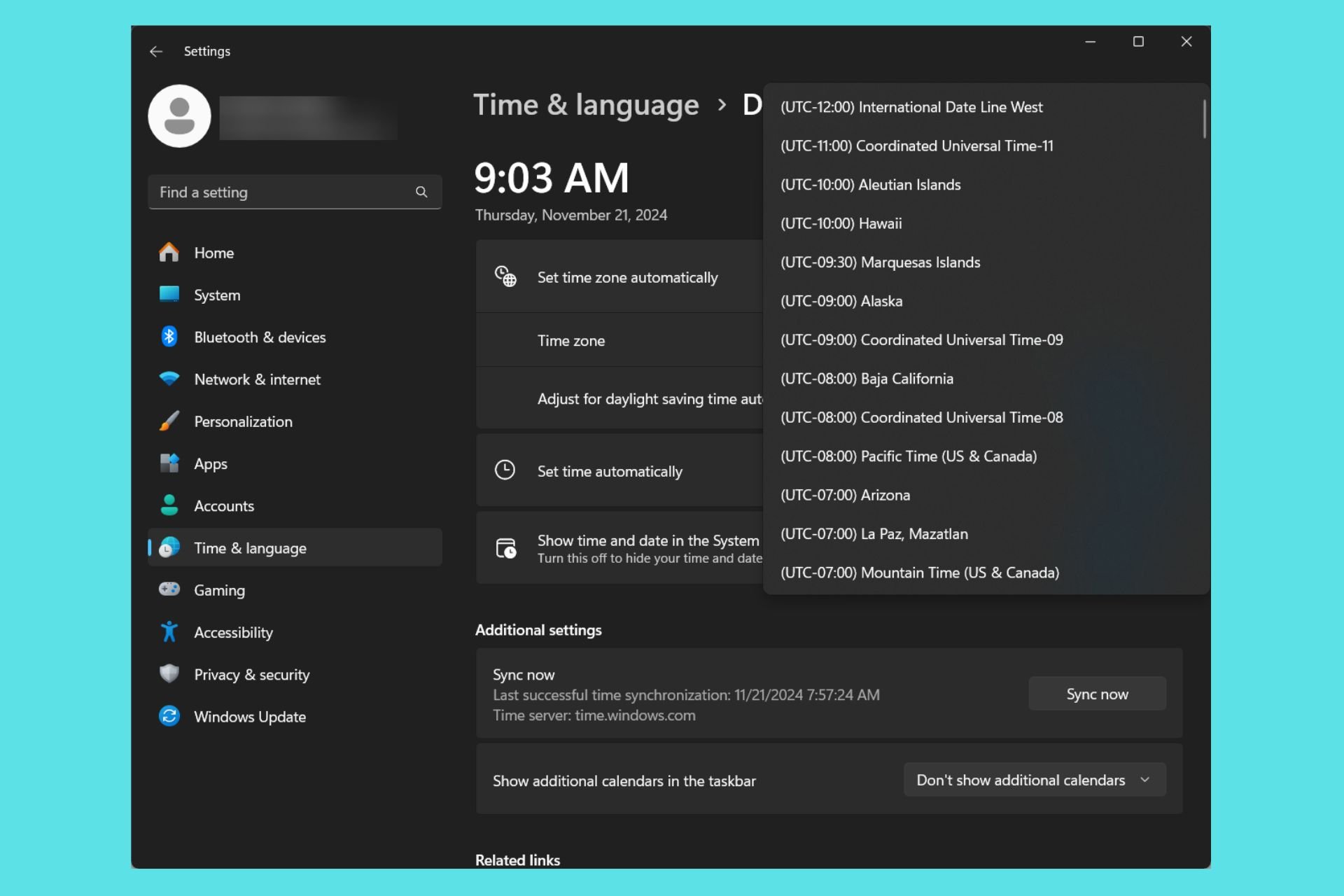
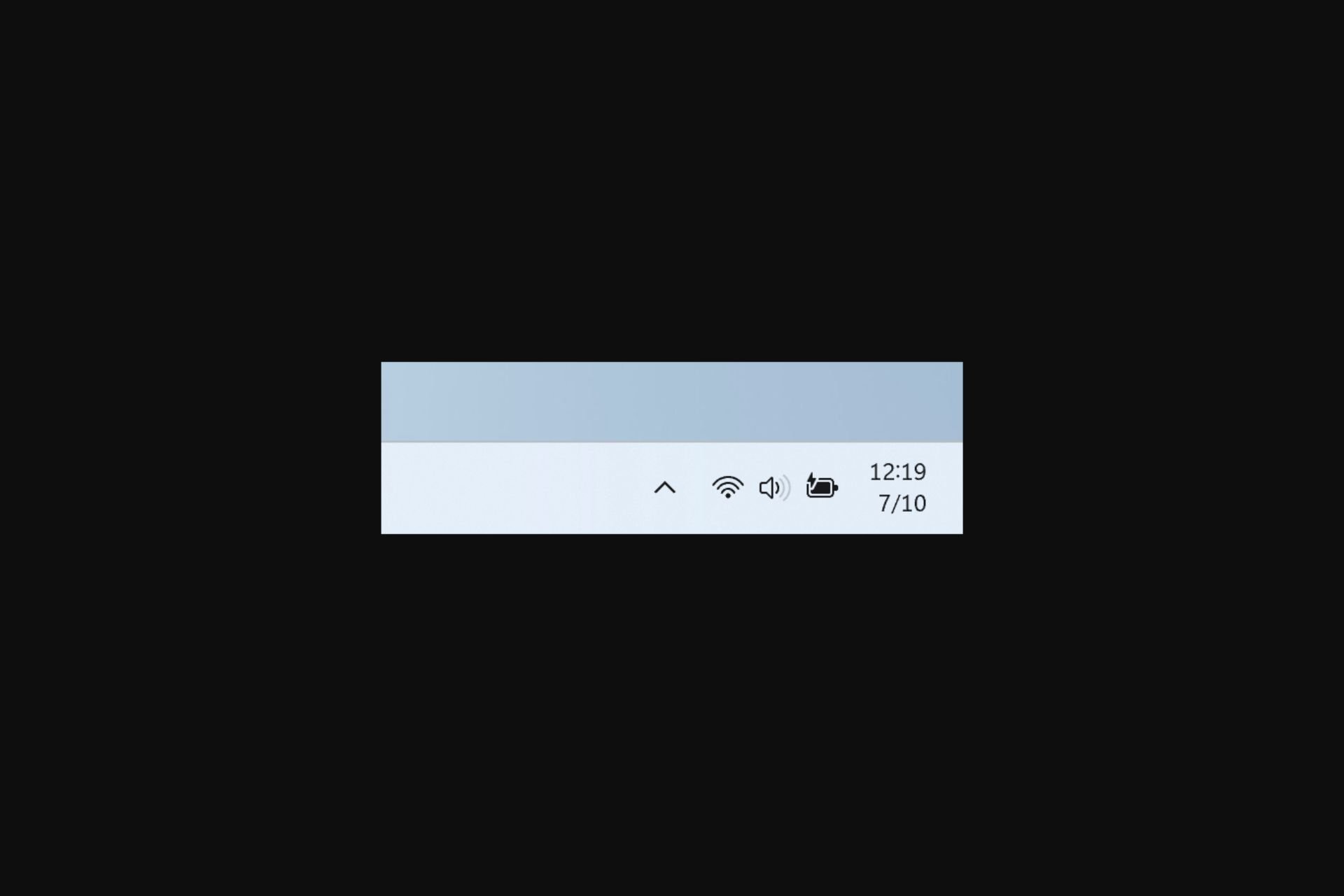

User forum
0 messages